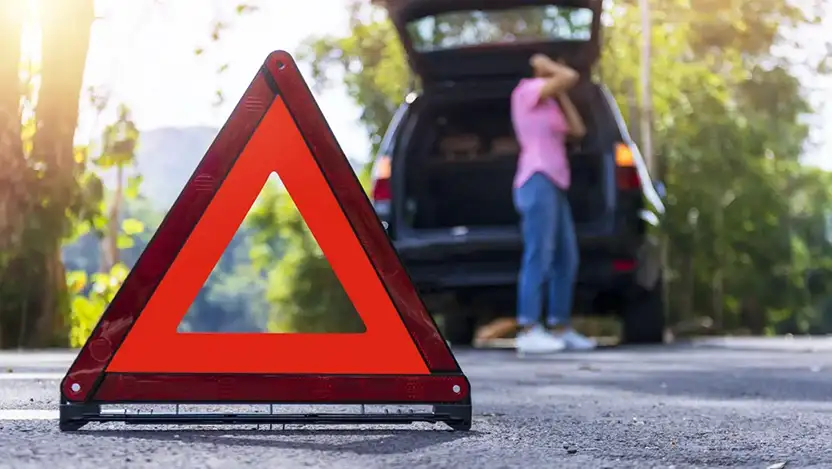Be sure to save the number of roadside assistance on your phone before heading out on a long trip. This ensures that even if you’re in an area with spotty signal, you have the means to call for help. It’s also well worth considering subscribing to an on-demand emergency service
such as those powered by AURA. This ensures you can call for help at the touch of a button if you’re ever feeling unsafe while waiting for mechanical assistance or a tow truck to arrive.
The closest security responder will be directed to your exact location via GPS within minutes and you can track them as they make their way to you, providing an unparalleled level of safety for you and your loved ones.





